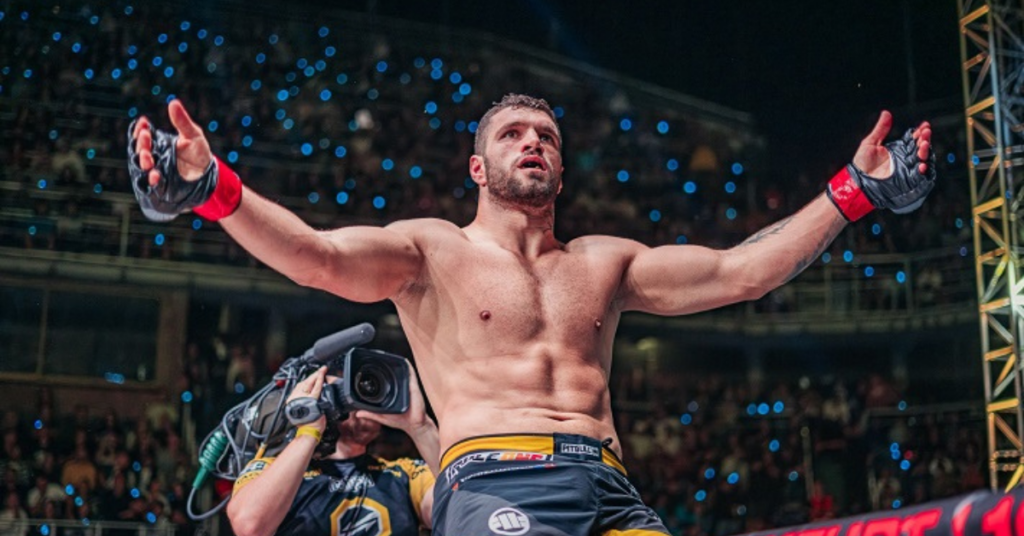Ratings Tell the Tale: Pro Wrestling Is More Popular Than Ever — And MMA Promoters Need to Pay Attention

(Photo via UCWZERO)
By Citizen Kane Dewey
It’s hard to believe that only a few years ago, fans were predicting that MMA was going to kill off professional wrestling. The WWE’s ratings were slipping, and with the rise in popularity of MMA as professional wrestling’s unscripted counterpart, many fans did not feel that professional wrestling was long for this world.
To write that professional wrestling hasn’t exactly gone extinct would be a gigantic understatement. The WWE is not only attracting more viewers to its cable shows than the UFC is, but the company is also coming off of a wildly successful Wrestlemania XXX, an event in which over one million households paid to watch. Although pay-per-view buys were estimated at a healthy 400,000 for the April 6th event, much of the credit for that strong figure can be attributed to the WWE Network — the all-digital online streaming service that had 667,000 subscribers by the time Wrestlemania XXX aired.
“The Wrestlemania numbers just go to show how popular our sport is, even in the Internet era,” says Matthew Roblez, a veteran wrestling announcer and commentator who was appointed as commissioner of the Ultra Championship Wrestling Zero league last year. “People can’t wait to consume wrestling through new methods.”
Of course, it isn’t just the WWE that has been benefiting from the rejuvenated popularity of professional wrestling. Independent wrestling promotions such as Ring of Honor, Chikara, and Wildkat Sports have enjoyed packed auditoriums and sold-out events, as well as healthy Internet followings devoted to keeping up with their favorite promotions. In fact, the aforementioned UCW Zero has recently been awarded Utah’s Best of State for professional and semi-pro sports, beating out the Utah Jazz, Utah Grizzlies, and Real Salt Lake as the state’s best sports organization.
“The fact that our league beat out big four sports teams to win the Best of State Sports award speaks volumes,” Matthew Roblez continued. “People love wrestling more than ever.”
What’s interesting is the contrast between independent wrestling and independent MMA. Many independent MMA organizations — despite the popularity of the sport and abundance of prospects willing to compete — are failing to reach the audiences that independent wrestling leagues currently enjoy. For that matter, many small-time MMA shows today are only attracting the crowd sizes that small-time wrestling shows would attract not too long ago.
So why are the indie wrestling leagues like UCW Zero more successful than their MMA counterparts? Well, pick up an event poster from your local MMA promotion. How many times will you spot the phrase “UFC Veteran” on the poster, next to a fighter who is fresh off of a forgettable run in the big leagues? And how many times is this fighter given top billing over local prospects who are still attempting to prove themselves? A big part of independent wrestling’s success is due to the dedication to finding talented young wrestlers and turning them into stars; as indie wrestler Chris Hero recently noted, independent wrestling promoters have realized that they no longer need to rely on established ex-WWE wrestlers in order to generate interest in their own shows.
Perhaps the key to the consistent growth of MMA doesn’t lie with the high-profile powerhouse of the UFC, but with a stronger independent scene. If local, independent MMA can create and support future stars with the same efficiency as independent wrestling, then mixed martial arts might be able to recapture its “Fastest Growing Sport” slogan. In the meantime, there’s a lot that real fighting can learn from sports entertainment.






